- Home
- entertainment
- news
- 50 iconic photos of the 1970s, from the 'Battle of the Sexes' to the breakup of The Beatles
50 iconic photos of the 1970s, from the 'Battle of the Sexes' to the breakup of The Beatles
Erin McDowell
- The 1970s saw social progress, activism, political upheaval, and a new kind of pop culture.
- Disco was hot, and stars like Sonny Bono, Cher, and the casts of "Charlie's Angels" and "The Partridge Family" dominated television screens nationwide.
- Notable figures like Mother Teresa, Margaret Thatcher, and Steve Jobs all reached new heights during the decade.
The 1970s were a time of social change, disco anthems, and many, many firsts.
Iconic Hollywood films like "Star Wars," "Saturday Night Fever," and "The Godfather" were all released during the decade, while legends like Mother Teresa and Harvey Milk received national attention for their activism.
Here are 50 photos that define the 1970s.
On January 12, 1970, a Boeing 747 arrived at London's Heathrow Airport. It marked the jumbo jet's first commercial transatlantic flight.
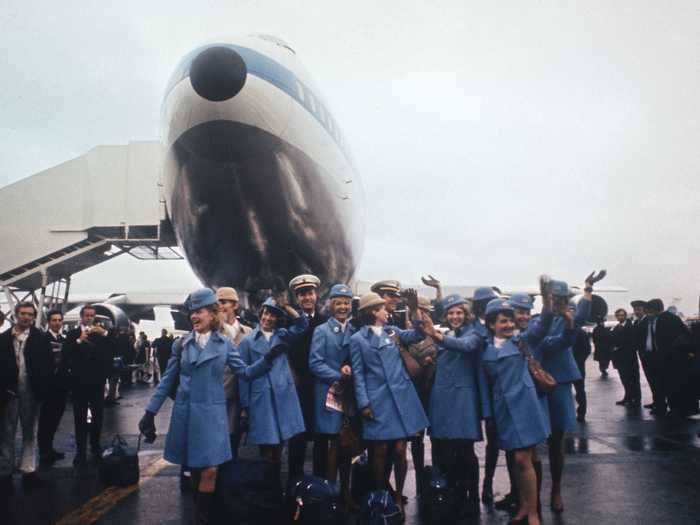
The massive — at least at the time — airliner was met with great fanfare when it touched down at Heathrow Airport. Flown by Pan Am, aboard the plane were a 20-person crew and 324 passengers.
On April 17, 1970, the Apollo 13 astronauts landed safely in the Pacific Ocean, four days after an oxygen tank explosion upended their mission.
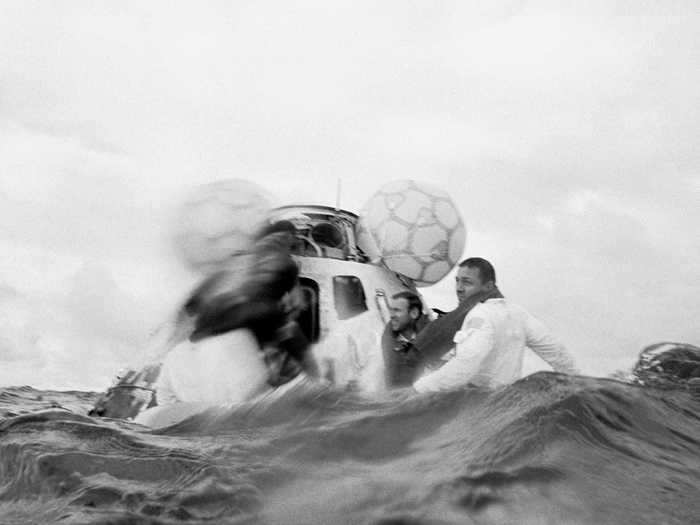
On April 11, Apollo 13 was launched into space with astronauts James A. Lovell, John L. Swigert, and Fred W. Haise aboard. The lunar mission was halted, however, when an oxygen tank exploded, disabling the astronauts' normal supply of oxygen, electricity, light, and water. The mission immediately changed from attempting to land on the Moon for geological experiments to getting the three men back to Earth safely.
After some quick thinking, the team was able to use the sun and Earth as navigational points for reentry, according to History. Just before 1 p.m., Lovell, Swigert, and Haise parachuted into the Pacific Ocean to await their rescue by helicopter.
The '70s marked a turning point for environmentalism.
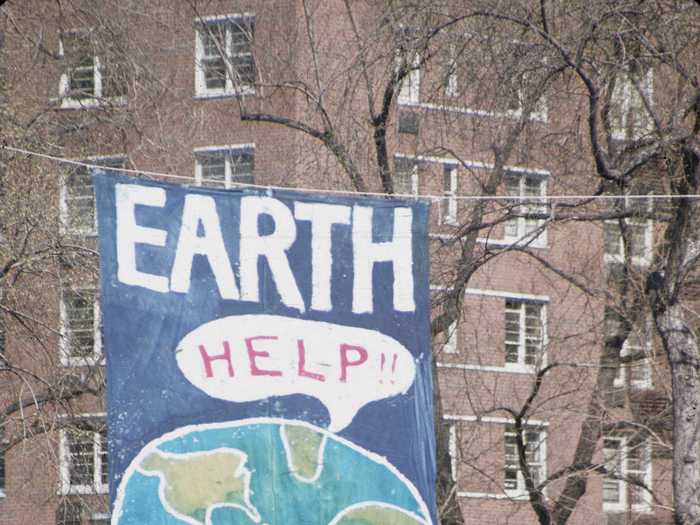
On April 22, 1970, large crowds gathered across the country to celebrate the first Earth Day. Founded by Gaylord Nelson, the day was intended to bring a national spotlight to environmental efforts. Back then, there was no EPA, no Clean Air Act, and no Clean Water Act, according to the Environmental Protection Agency.
Nelson's plan appeared to work. On December 2, 1970, Congress authorized the creation of a new federal agency to take on environmental issues, the US Environmental Protection Agency.
The 1970s were a time of social change, sparked by activist movements of the previous decade.
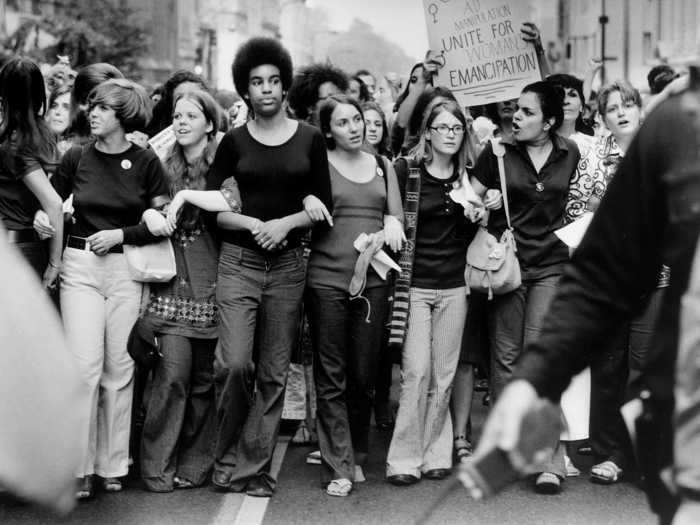
In 1970, the first women's equality march, the Women's Strike for Equality, was held, 50 years after the passage of the 19th Amendment, which gave American women the right to vote. The march was officially sponsored by the National Organization for Women (NOW) and spearheaded by feminist leader Betty Friedan.
According to Time, on August 26, roughly 50,000 participants took to the streets of New York City. They carried signs with powerful slogans like "Don't Iron While the Strike is Hot" and "Don't Cook Dinner – Starve a Rat Today."
Billie Jean King triumphed against Bobby Riggs in the highly publicized "Battle of the Sexes" tennis match in 1973.
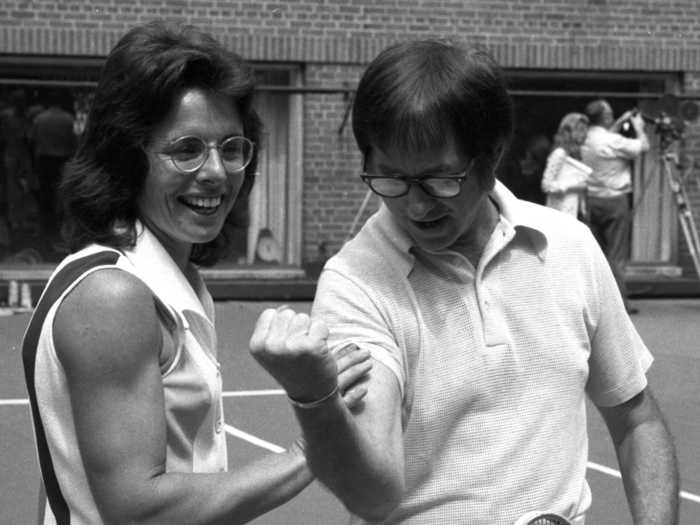
Riggs, a former No. 1 ranked men's player and self-proclaimed "male chauvinist," according to History, had boasted prior to the event that he could beat any female player, no matter how good she was.
On September 20, 1973, 30,000 in-person spectators and more than 50 million TV viewers worldwide tuned in to watch King and Riggs go head-to-head at the Houston Astrodome. King beat Riggs 6-4, 6-3, 6-3, in all three sets, helping to legitimize the validity of not only female athletes, but the women's rights movement as a whole.
The first gay rights march in New York City was held on June 28, 1970.
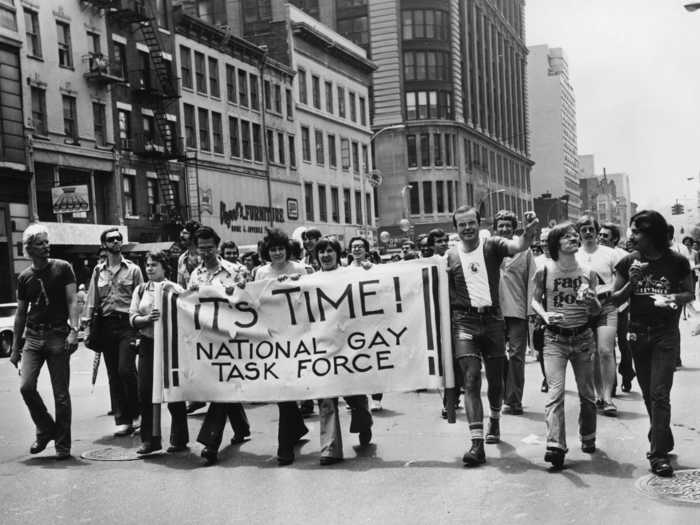
Held on the first anniversary of the Stonewall riots, the march was intended to bring national attention to LGBTQ rights and the call to amend the 1968 Civil Rights Act to include gay rights.
Counterculture groups like the hippies flourished in the 1970s.
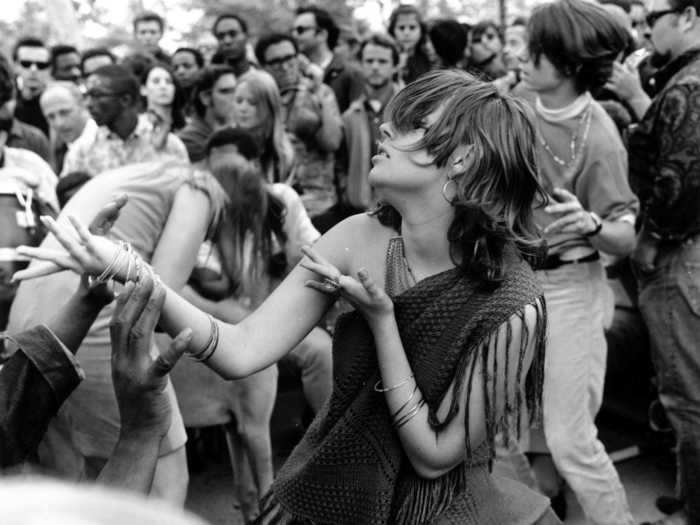
An expansion on the ideals of the "Beat Generation," the hippies gained momentum in the late 1960s and early 1970s as tension over the Vietnam War reached new heights. However, despite the US pulling out of Vietnam in 1973, the hippie mentality continued. Communes sprung up across the country touting a "free-love" lifestyle.
Eventually, many things originally associated with hippies, like long hair, psychedelic music, and a focus on environmental issues, trickled into mainstream society.
Protests against the Vietnam War continued throughout the early years of the decade.
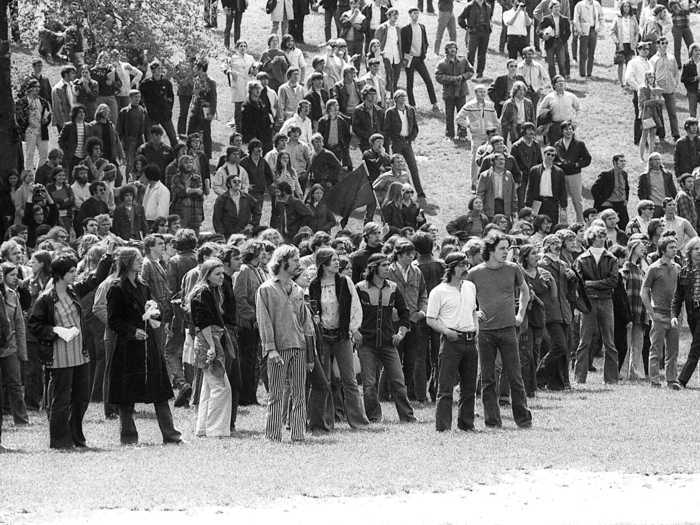
The movement reached a peak in 1970 when a group of Kent State University college students protesting the Vietnam War was fired upon by members of the Ohio National Guard.
Four Kent State University students were killed and nine were injured on May 4, 1970.
Up until the end of the Vietnam War, unrest over the United States' participation resulted in many "anti-war" actions.
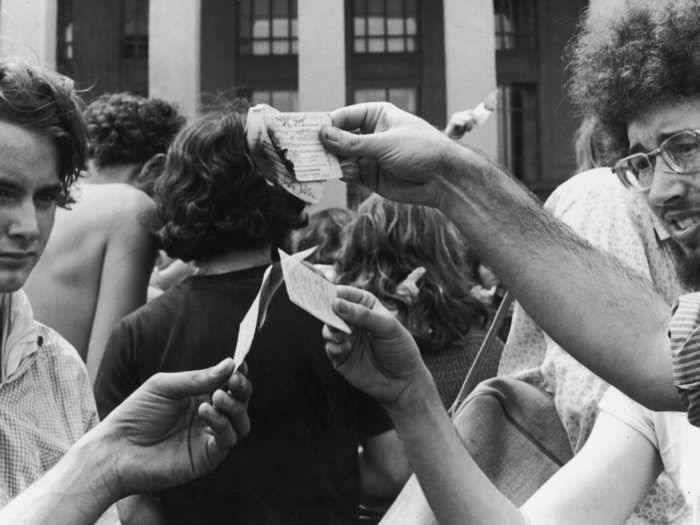
Some demonstrators burned their draft cards on the steps of the Pentagon, signifying their growing frustration.
On June 13, 1971, the New York Times began publishing information about the Vietnam War revealed in the Pentagon Papers.

Daniel Ellsberg, a former strategic analyst at the Department of Defense, secretly photocopied large sections of the report, which revealed information about the United States' involvement in the Vietnam War, according to History.
After failing to garner attention from Congress about the contents of the report, Ellsberg handed them over to the press. The New York Times published a series of front-page articles based on information from the report. After the third article was published, the US Department of Justice was granted a temporary restraining order against the Times, saying the information was a matter of national security and should not be published.
On June 30, 1971, the US Supreme Court ruled in favor of the newspaper and said they had the right to publish the information under the First Amendment.
President Nixon became the first US president to visit the People's Republic of China in 1972.
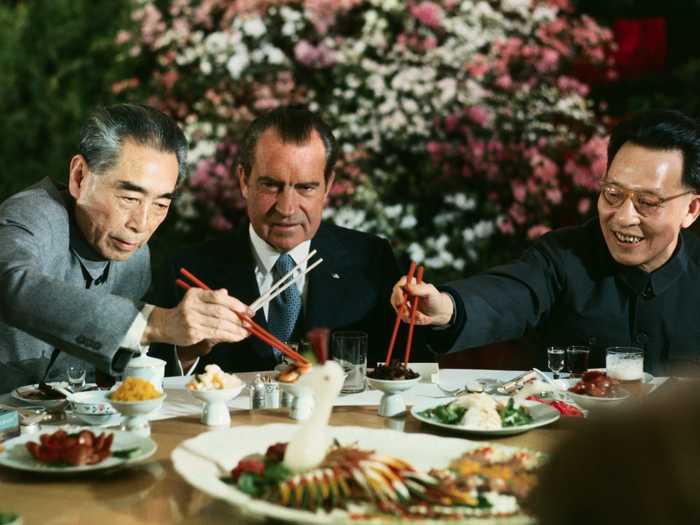
The visit was a culmination of Nixon's efforts to re-establish diplomatic ties with China after 25 years of tension. Nixon later famously dubbed his visit "the week that changed the world."
The Fall of Saigon in 1975 acted as the last crescendo in the Vietnam War as American diplomats, Marine guards, and contractors were airlifted out of the city.
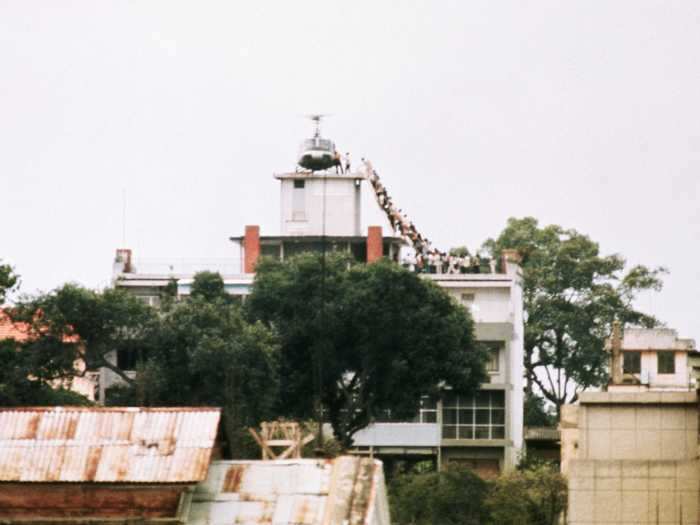
According to Newsweek, more than 1,000 Americans and more than 5,000 Vietnamese civilians were evacuated from Saigon from April 29, 1975, until the next morning. Operation Frequent Wind took 19 hours to complete and required the use of 81 helicopters to safely evacuate the city, making it one of the largest helicopter evacuations on record.
Vice President Spiro Agnew resigned from his office in 1973.
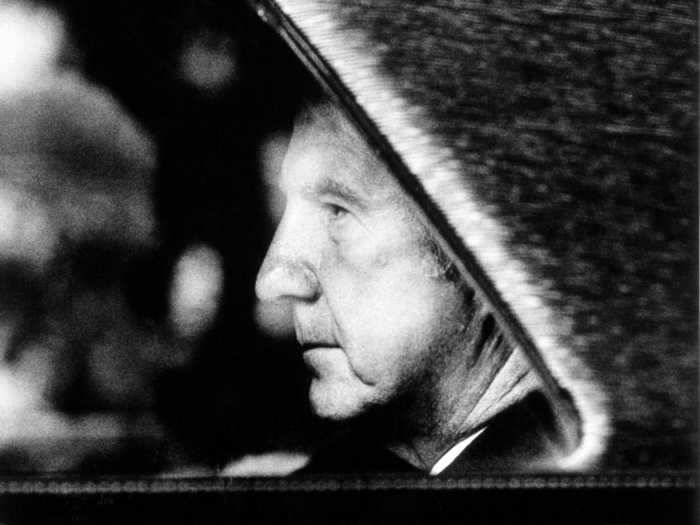
Vice President Agnew resigned less than a year before President Nixon's resignation and was the first vice president to resign "in disgrace," according to History.
On the day of his resignation, Agnew pleaded no contest to a charge of federal income tax evasion in exchange for the dropping of charges of political corruption. As a result, the former vice president was fined $10,000, sentenced to three years probation, and disbarred by the Maryland court of appeals.
In 1971, Main Street USA in the Magic Kingdom of Disneyland, Florida, opened.
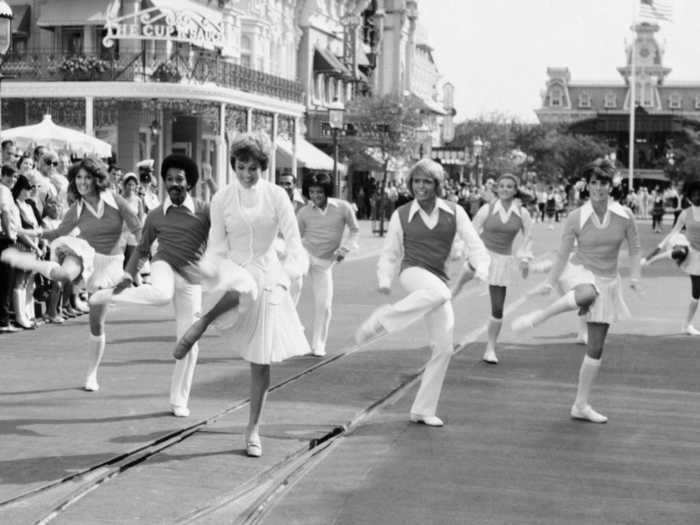
Julie Andrews performed at the grand opening ceremony on October 1, 1971.
In 1970, the world was shocked when Paul McCartney announced the Beatles had broken up.
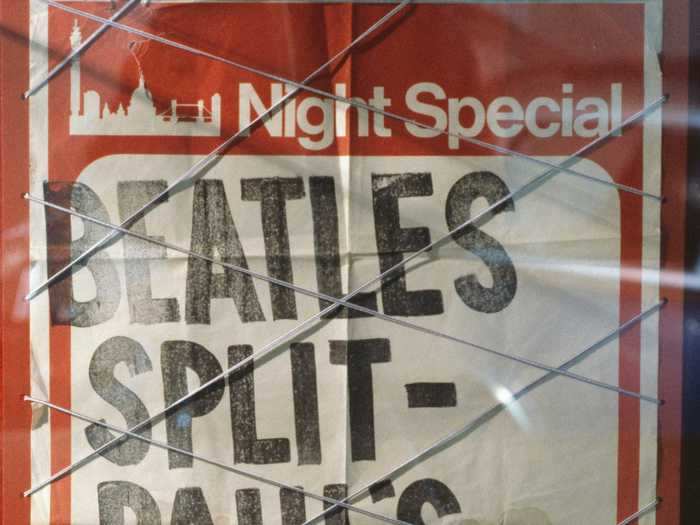
On April 10, 1970, Paul McCartney released to the press a "self-interview" announcing the upcoming release of a solo album.
In response to a question of whether his "break with the Beatles [was] temporary or permanent," and for what reason the band had broken up, McCartney said, "Personal differences, business differences, musical differences, but most of all because I have a better time with my family. Temporary or permanent? I don't really know."
McCartney also stated that he did not foresee writing music with John Lennon ever again.
Simon and Garfunkel went out with a bang with "Bridge Over Troubled Water," one of the best-selling albums of the decade.
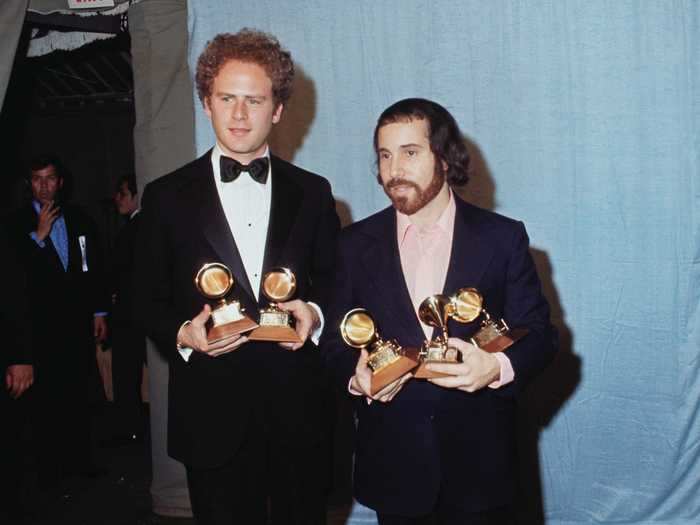
It was Arthur Garfunkel and Paul Simon's last and most popular album as a duo. After its release on January 26, 1970, the album stayed at No. 1 for 10 weeks, remained on the charts for a total of 85 weeks, and has been certified platinum eight times.
In 1970, "Bridge Over Troubled Water" won the Grammy Award for album of the year, while the album's title single won for best record of the year.
"The Sonny & Cher Comedy Hour," starring husband-and-wife singing duo Sonny Bono and Cher, premiered in August 1971.
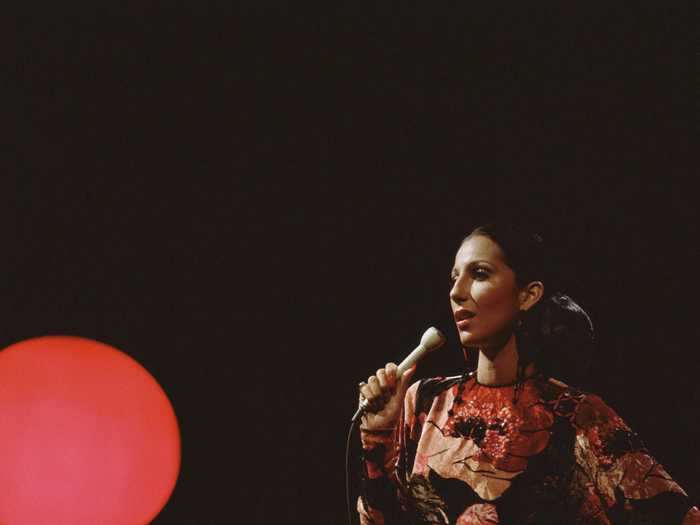
The show featured comedy sketches, performances, and, perhaps most notably, iconic fashion designs created by Bob Mackie for Cher to wear. The show aired its final episode on May 29, 1974.
Elton John was one of the most popular artists of the 1970s.

Throughout the 1970s, Elton John released 12 albums and was arguably at the top of his game. Many of the singer's most iconic songs, including "Rocket Man," "Your Song," "Goodbye Yellow Brick Road," "Part-Time Lover," "Crocodile Rock," and "Sorry Seems to be the Hardest Word" were released during the decade.
"The Rolling Stone Encyclopedia of Rock and Roll" wrote about John's impact on the decade, saying, "for most of the '70s Elton John and lyricist Bernie Taupin were a virtual hit factory with 26 Top 40 hit singles, 16 Top 10, and six No. 1 hits."
In 1976, the Ramones released their self-titled debut album.
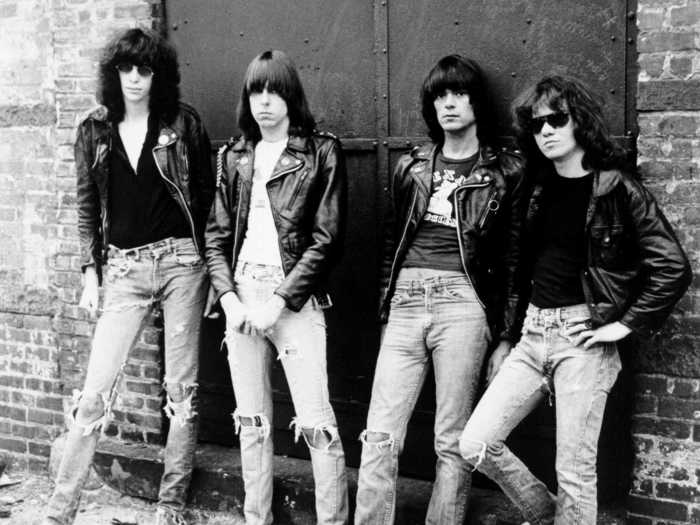
The album's opening track, "Blitzkrieg Bop," would bring forth arguably the band's most iconic line: "Hey! Ho! Let's go!" The "battle cry" of sorts would become instrumental in establishing The Ramones as one of the most iconic bands of the 1970s, as well as the growing punk movement.
On seemingly the other side of the musical spectrum, Swedish pop group ABBA formed in 1972.

The group would become effectively synonymous with the disco music phenomenon sweeping not only the United States but the world. Hits like "Mamma Mia," "Dancing Queen," "Waterloo," and "Take A Chance On Me" made ABBA a worldwide sensation and a mainstay in dance clubs.
After leaving the '60s girl group The Supremes, Diana Ross shot to stardom as a solo artist.
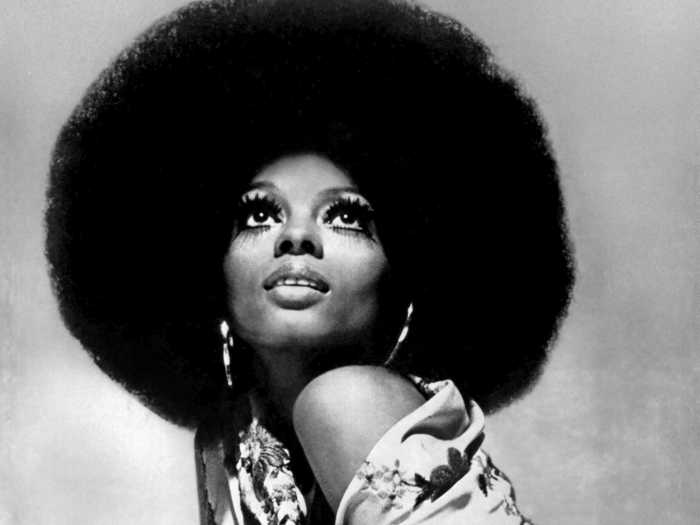
In 1970, Ross hit the big time with songs like "Reach Out and Touch Somebody's Hand," which made the top 20 on the charts, and "Ain't No Mountain High Enough," a No. 1 single.
Ross' other releases "Touch Me in the Morning," "Do You Know Where You're Going To," and "Love Hangover" all became No. 1 pop singles.
Throughout the 1970s, Ross also made a foray into film work. She starred in 1975's "Mahogany" as well as "The Wiz" in 1978.
The Village People was another popular music group of the time.
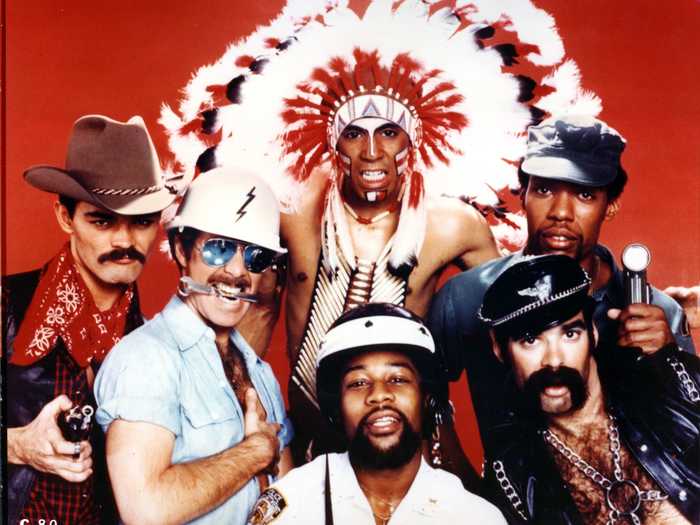
The band's debut album "Village People," released in 1978, produced international hit singles "Macho Man," "Y.M.C.A.," "San Francisco," "In the Navy," and "Go West." The band's music and public image resonated with LGBTQ fans, and the band's name is a direct reference to the Greenwich Village in New York City, which was known for its large gay population and, now, many LGBTQ landmarks.
Disco and dance clubs like Studio 54 reached new heights in the '70s.
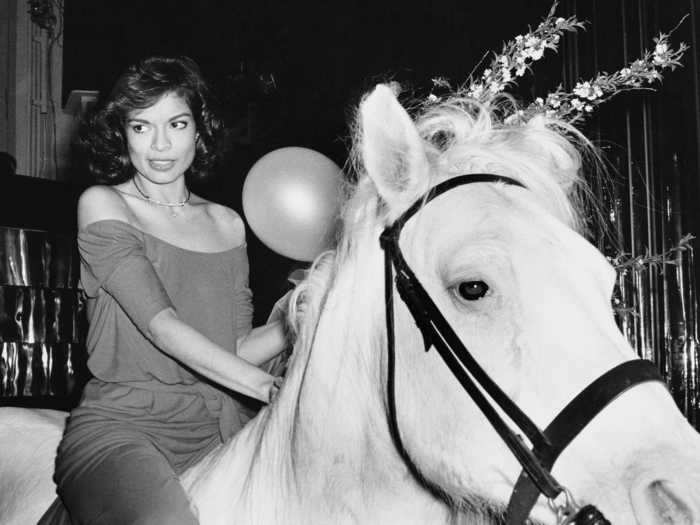
Disco clubs were known for being the go-to places for disco-dancing patrons to flaunt their most extravagant fashions and party until the break of dawn. Bianca Jagger made headlines when she arrived on a white horse to her birthday party at Studio 54 in New York City in May 1977.
On August 16, 1977, Elvis Presley passed away.
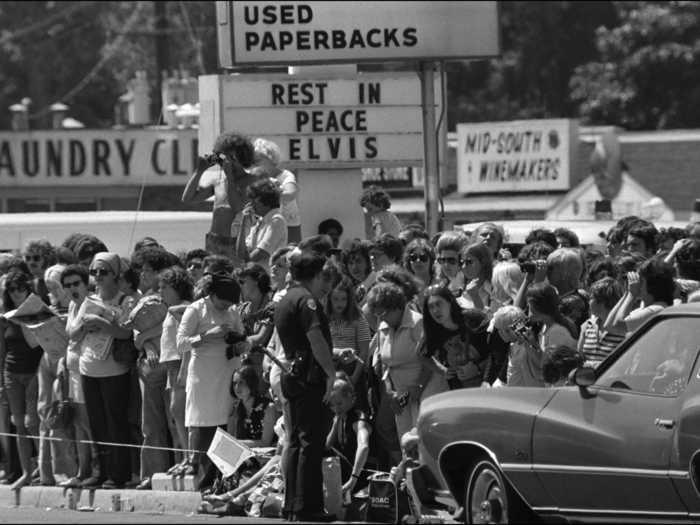
More than 30,000 fans were able to participate in a public viewing of Elvis' body at Graceland in Memphis, Tennessee, on August 17, 1977. The King of Rock and Roll was laid to rest in the Forest Hill Cemetery on August 18. Approximately 80,000 people watched the funeral procession, according to Live About.
In 1977, Prince Charles was dating Lady Sarah Spencer.
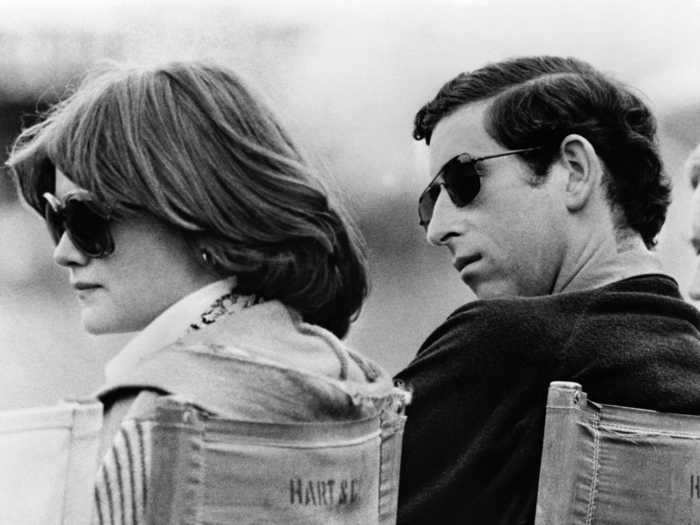
Prince Charles was reportedly introduced to Princess Diana through her sister. Charles and Diana would eventually marry on July 29, 1981, at St. Paul's Cathedral in London.
Barbra Streisand was one of the biggest stars of the decade, culminating in her Oscar win for best original song at the 49th Academy Awards in 1977.
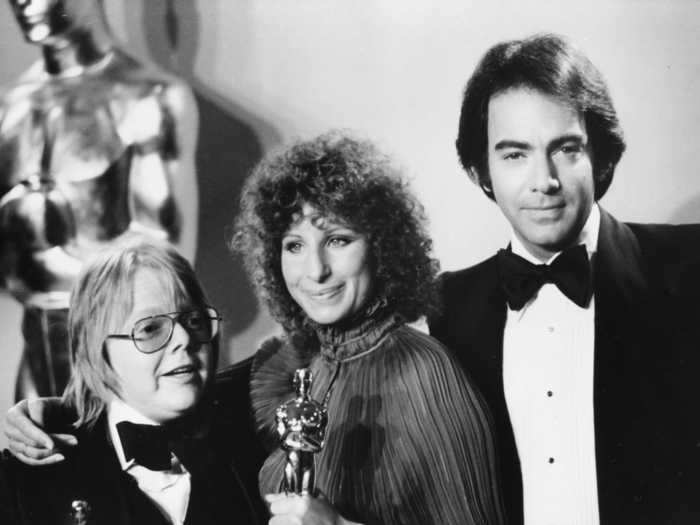
At the end of the 1970s, Streisand was named one of the most successful female singers in the US. She tied for most No. 1 pop singles by a female singer with Diana Ross — both artists had four hits throughout the decade.
Fleetwood Mac released the band's highly acclaimed album "Rumours" in 1977.
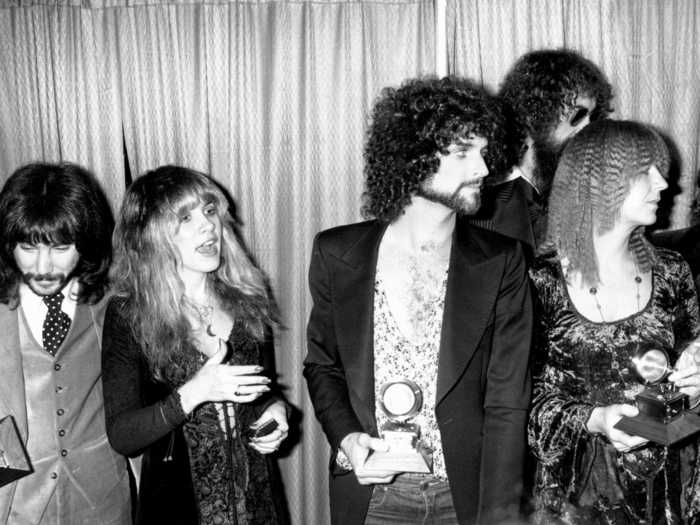
The recording process was infamously marred by disputes between the band's members, who were involved in romantic relationships with each other. According to Rolling Stone, the album has sold more than 45 million copies worldwide to date, making it one of the highest-selling albums of all time.
At the 1978 Grammy Awards, Fleetwood Mac won the top accolade, album of the year, for "Rumours."
The 1970s was the decade of the power couple.
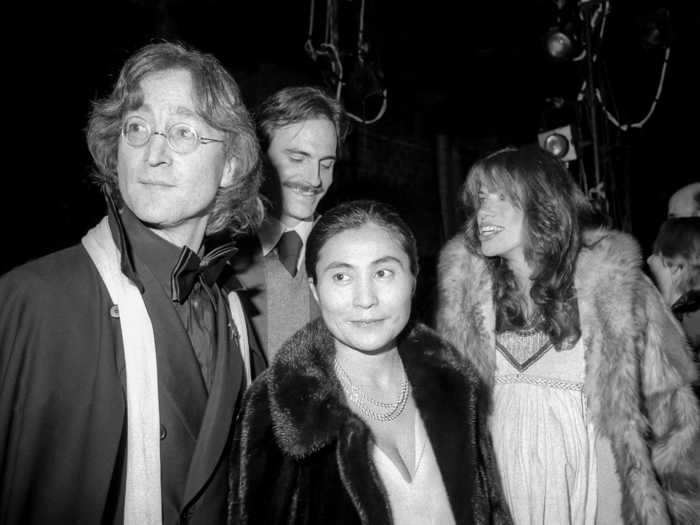
John Lennon and Yoko Ono made headlines when they were photographed with fellow '70s power couple James Taylor and Carly Simon in 1977.
Beverly Johnson became the first Black Vogue cover model in 1974.
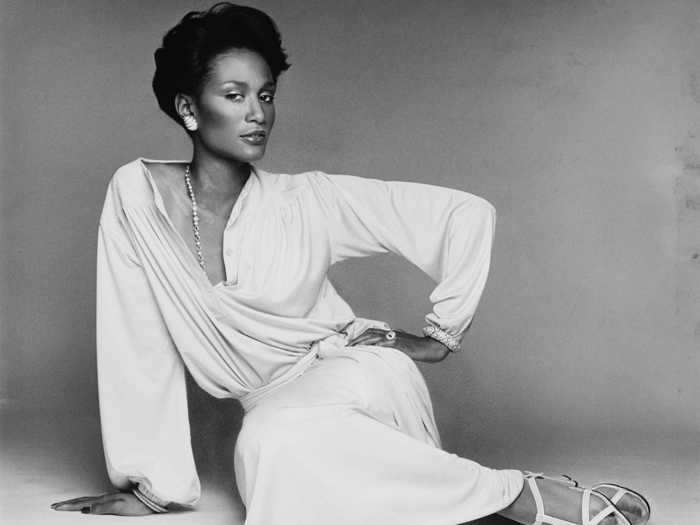
"Every model's dream [is] to be on the cover of Vogue. You have arrived when you made the cover of Vogue. And then when I found out I was the first person of color on the cover and what that meant, I was like, 'Wow, this is really a big deal,'" Johnson told CNN.
One of Hollywood's greatest masterpieces, "The Godfather," was released in 1972.
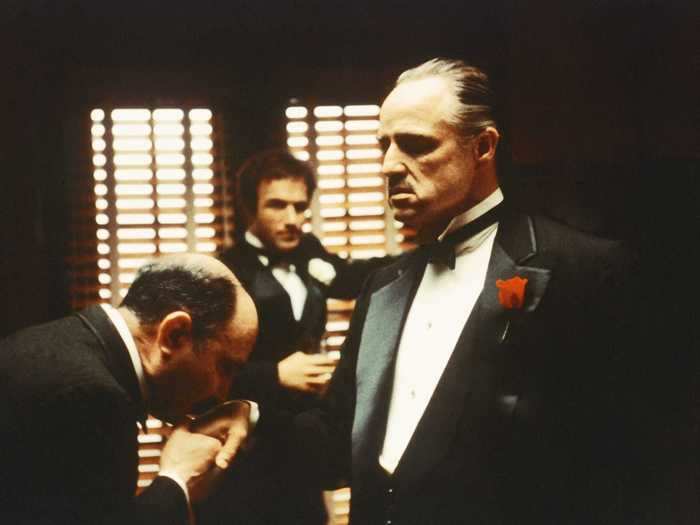
Starring Marlon Brando and Al Pacino, the film became the top-grossing film in North America in 1972. It grossed $135 million at the box office, the equivalent of $711.1 million today, according to CBS.
The movie also won multiple top accolades at the 1973 Academy Awards, including best picture, best actor in a leading role, and best screenplay. It was nominated for eight other awards that year.
"The Rocky Horror Picture Show" was released on September 25, 1975.
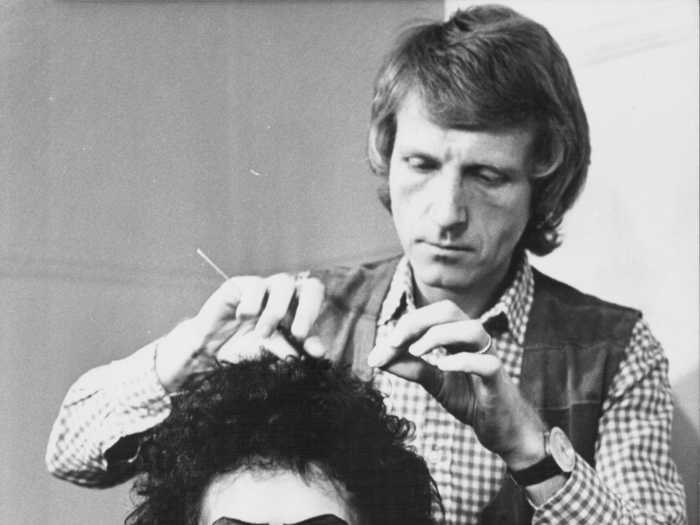
The movie, based on the 1973 stage production of the same name, wasn't met with much fanfare when it was originally released. However, in the mid-to-late '70s, theaters like The Waverly in New York City began to hold midnight viewings. These events became famous for encouraging "counterpoint dialogue" where viewers would yell and make jokes during the movie to elicit laughs from other audience members.
Fans would also wear costumes inspired by the characters to Halloween showings in the '70s, a tradition that's continued up until today.
"Saturday Night Fever" hit theaters on December 12, 1977.
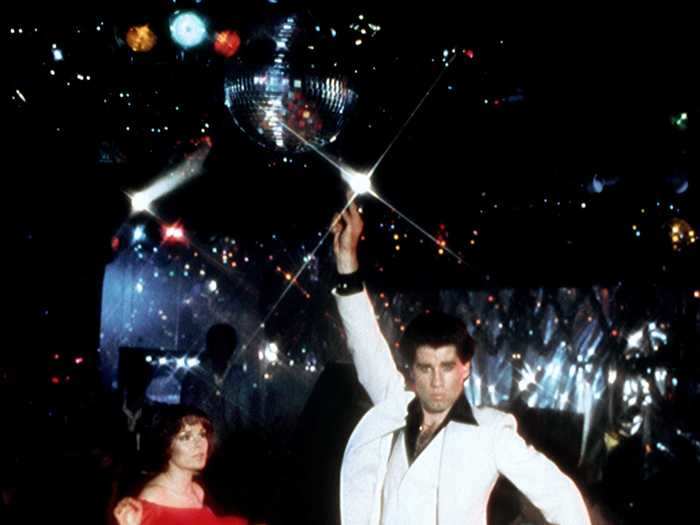
Starring John Travolta and Karen Lynn Gorney, "Saturday Night Fever" was met with huge commercial success.
The soundtrack, featuring disco songs by the Bee Gees, is one of the best-selling movie soundtracks of all time. The group's hits "Stayin' Alive," "More Than a Woman," "How Deep Is Your Love," and "Night Fever" all appeared on the album.
Following his breakout success from "Saturday Night Fever," John Travolta appeared in another iconic '70s movie — "Grease."
The 1978 flick was shot on a budget of $6 million and made nearly $400 million at the box office. The title track, "Grease," was written by Barry Gibb of the Bee Gees and became a No. 1 single after the movie was released.
A long time ago in a galaxy far, far away, the world changed forever when "Star Wars" hit theaters in 1977.
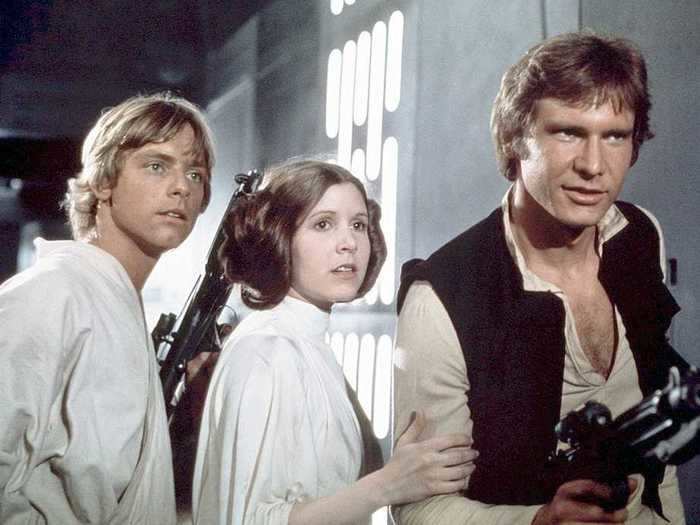
Despite its mere $11 million budget, "Star Wars: Episode IV - A New Hope" became the highest-grossing film of all time up until the release of "E.T. the Extra-Terrestrial" in 1982. The film had a worldwide box office gross of $775 million.
The movie series heavily impacted pop culture in the '70s and is still regarded as one of the most successful film franchises in history.
"Charlie's Angels" enjoyed huge popularity after its release in 1976.
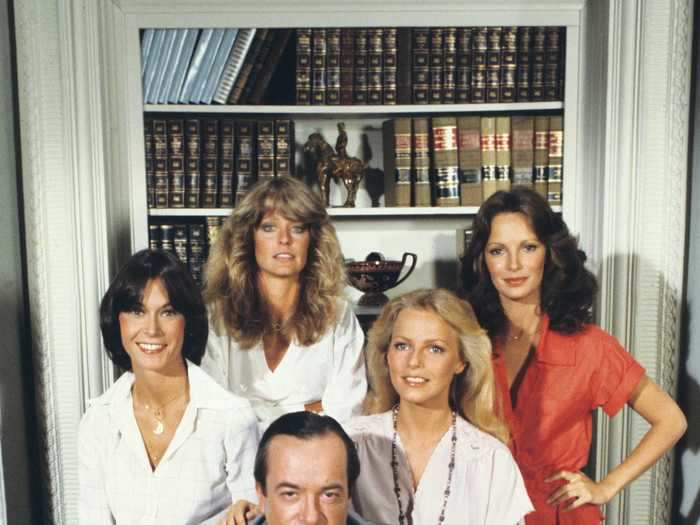
Though the show was branded as "jiggle TV," focusing on the sex appeal of the female cast members, it was rated highly by viewers in the show's first two seasons. Farah Fawcett shot to stardom during her time on the show, but she was critical of why that might have been.
"When the show was number three, I figured it was our acting. When it got to be number one, I decided it could only be because none of us wears a bra," she reportedly once said, according to The Independent.
"The Partridge Family" aired for the first time on September 25, 1970.
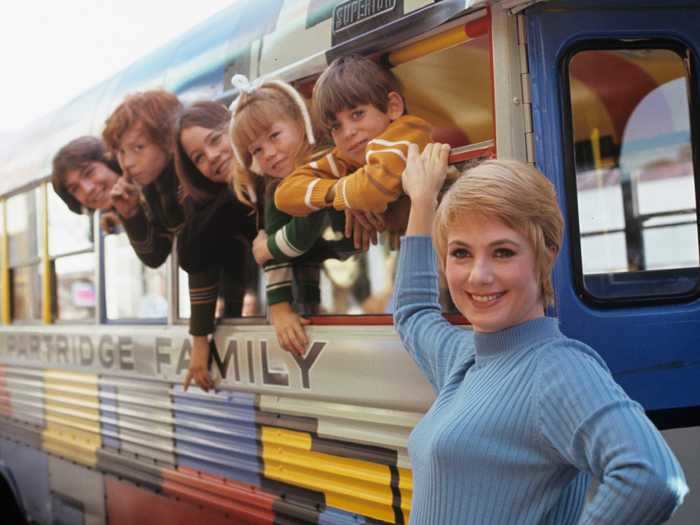
Centered around the story of a family singing group, the cast of "The Partridge Family" soon shot to fame. David Cassidy, who played son Keith Partridge, became a heartthrob and teen pop idol of the decade.
"The Partridge Family" aired its final episode on March 23, 1974.
"Saturday Night Live" premiered on October 11, 1975, with host George Carlin.
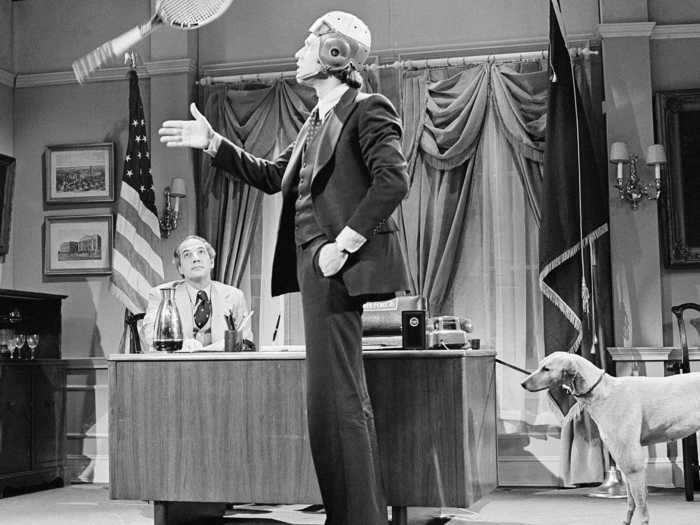
The first cast members were Chevy Chase, John Belushi, Michael O'Donoghue, Gilda Radner, Jane Curtin, Laraine Newman, George Coe, and Garrett Morris. At the time, the cast members went by the name of the "Not Ready for Primetime Players."
"SNL" is now one of the longest-running television shows in history.
Muhammad Ali boxed against undefeated world heavyweight champion George Foreman in what was known as The Rumble in the Jungle.
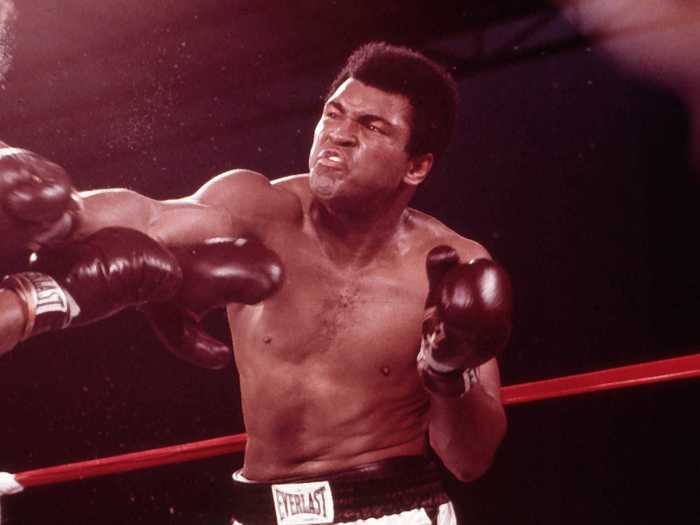
The match took place on October 30, 1974, in the Democratic Republic of the Congo. Ali, who was considered the underdog, won by knocking out Foreman just before the end of the eighth round.
The boxing event was highly publicized and drew an attendance of 60,000 people and 1 billion TV viewers around the world. At the time, it was the most-watched live television broadcast in the world.
In 1974, Hank Aaron of the Atlanta Braves beat Babe Ruth's legendary home-run record.
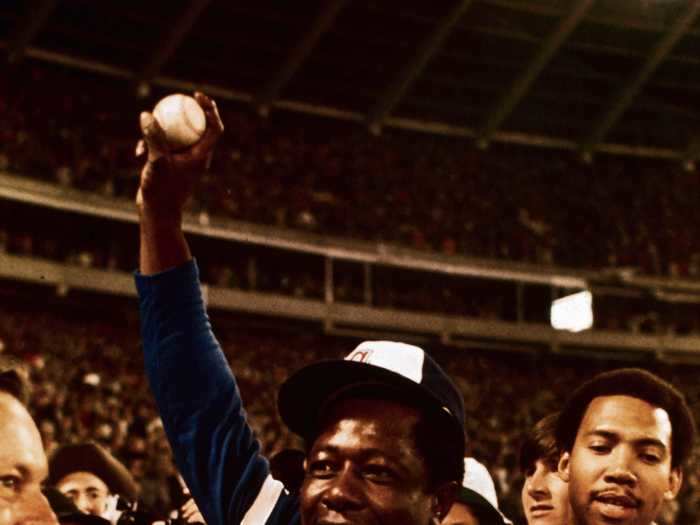
On April 8, 1974, in a game against the Los Angeles Dodgers, more than 50,000 spectators entered Atlanta-Fulton County Stadium to watch Hank Aaron hit his 715th home run. The record was considered an unparalleled feat — Babe Ruth had previously held it with 714 home runs.
On July 5, 1975, Arthur Ashe became the first Black tennis player to win Wimbledon.
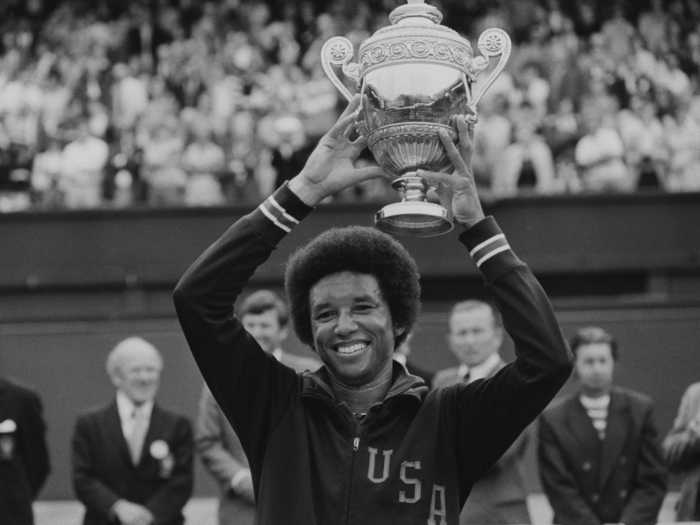
Years prior, in 1968, Ashe also became the first Black man to win the US Open. Despite being "past his prime," according to History, at 31 years old, Ashe was able to beat defending Wimbledon champion, 22-year-old Jimmy Connors.
The Sears Tower in Chicago became the then-tallest building in the world upon its completion in 1973.
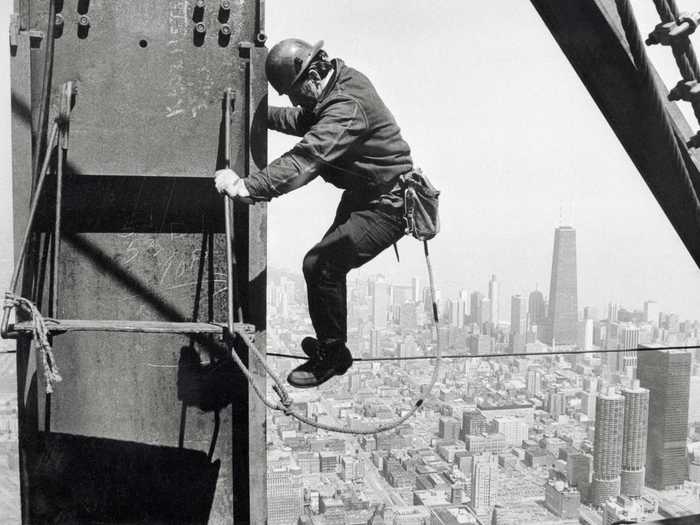
At 110 stories and 1,450 feet tall, it surpassed the World Trade Center as the tallest in the world, an accolade the New York City building had held for nearly 25 years.
The Sears Tower was surpassed as the world's tallest building in 1998 with the completion of the Petronas Towers in Malaysia. However, the building held the title of the tallest building in the Western Hemisphere for 41 years, until the new One World Trade Center surpassed it in 2013.
Fireworks filled the night sky over New York Harbor and the Statue of Liberty during America's Bicentennial celebration in 1976.
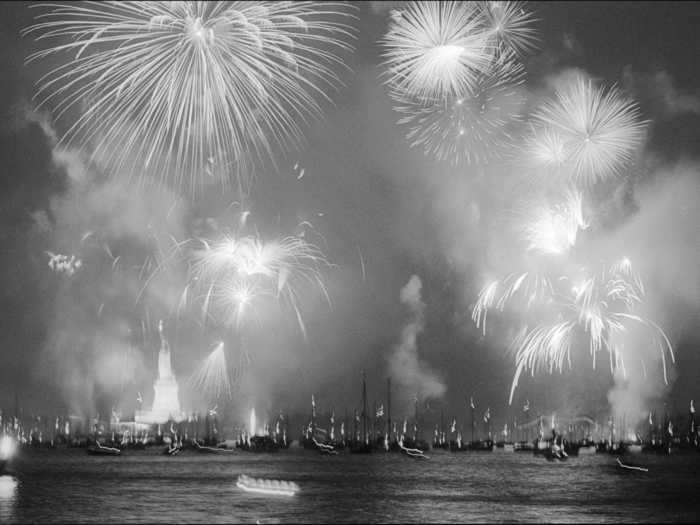
Events were held nationwide to celebrate the 200th anniversary of the final approval of the Declaration of Independence on July 4, 1776.
On April 1, 1976, Steve Jobs, Steve Wozniak, and Ron Wayne officially incorporated Apple Computer Inc.
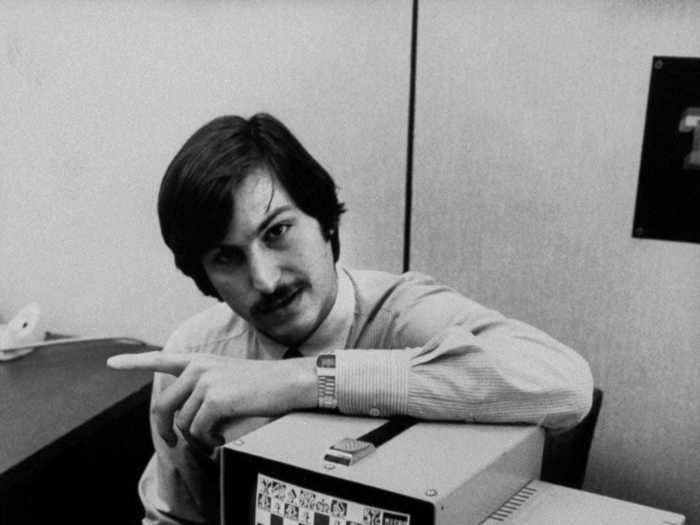
That spring, Wozniak and Jobs began assembling a prototype of Apple I computers in Jobs' garage. In April 1977, Apple showcased a prototype of the Apple II computer at the West Coast Computer Faire. By 1978, the Apple II had become the first mass-market personal computer available for purchase.
On July 25, 1978, Louise Brown became the first human to be born through in vitro fertilization, or IVF.
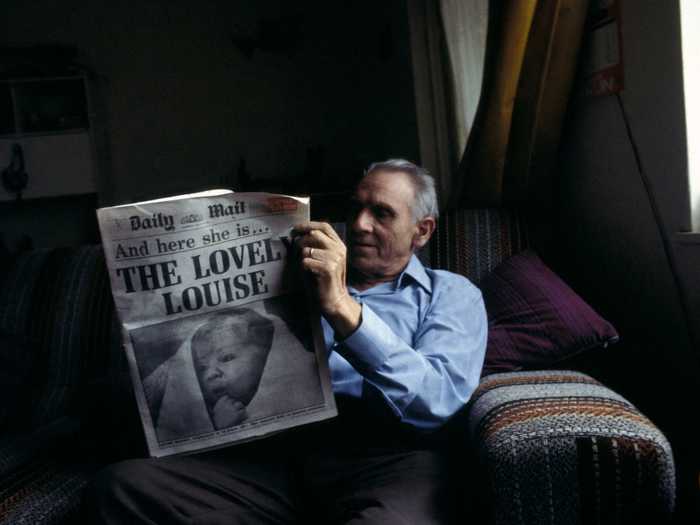
She was regarded at the time as the world's first "test-tube baby," according to Biography. Dr. Robert Edwards and Dr. Patrick Steptoe received criticism at the time for "playing God" in their research of in vitro fertilization. Since the birth of Louise Brown, more than 1 million children have been born using IVF technology.
In 1979, scientists at the City of Hope National Medical Center developed a way to create a novel gene that could be coded for human insulin.
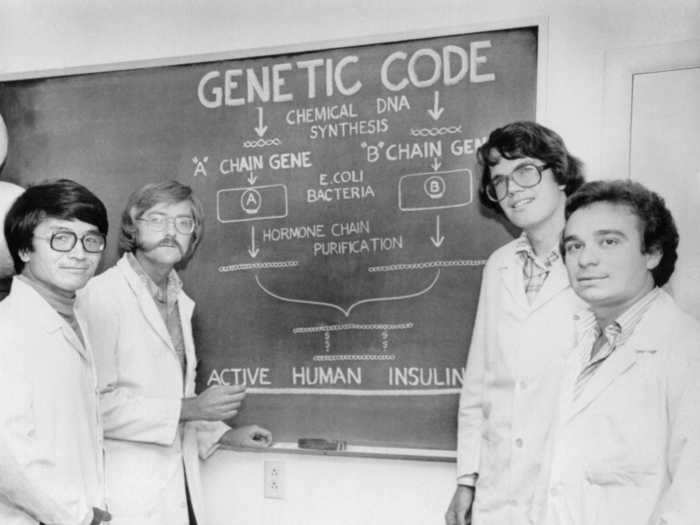
Using "a synthetic DNA chemistry and recombinant DNA technology," the discovery marked a breakthrough moment in the treatment of diabetes. By 1982, synthetic insulin was available commercially for diabetes patients.
Harvey Milk is one of the most recognized American politicians of the '70s and the first openly gay elected official in the history of California. His assassination would spark a national conversation on gay rights and discrimination.
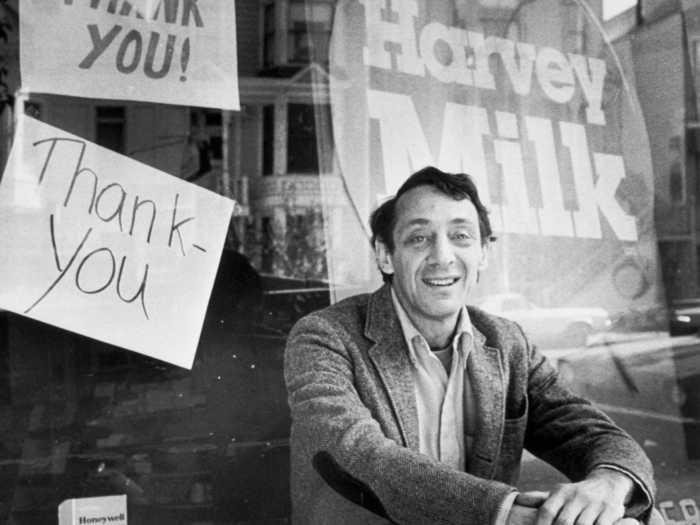
According to Biography, Milk was a gay rights activist and community leader in San Francisco. In 1977, Milk was elected to a seat on the San Francisco City-County Board. He was the city — and the state's — first openly gay office-holder.
Dan White, who also served on the San Francisco City-County Board in 1977, frequently clashed with Milk over issues of gay rights and Milk's election in what he perceived as a destruction of "traditional" values. White resigned from the board over a salary dispute but later asked to be reinstated. He was refused by liberal San Francisco mayor George Moscone.
On November 27, 1978, White entered City Hall and got into an argument with Moscone. White shot Moscone twice in the chest and twice in the head. He then went down the hall to Milk's office where he shot him five times. He then turned himself in to the police.
Pope John Paul II was elected on October 16, 1978.
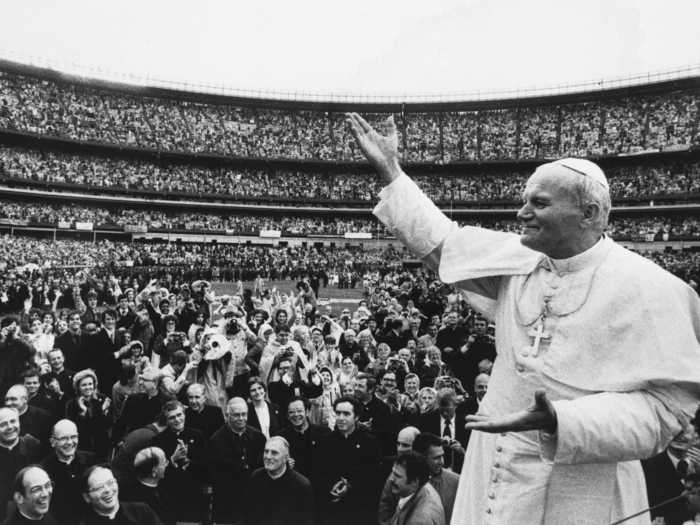
He was the first non-Italian pope since the Dutch Pope Adrian VI, who reigned from 1522 to 1523, according to Brittanica. During his homily at an installation mass on October 22, 1978, Pope John Paul II repeated the refrain "Be not afraid!"
He became a popular figure through his human rights campaigns, drawing what was then called the largest crowd ever assembled while on a visit to Mexico. Some 5 million people heard him speak.
Margaret Thatcher became prime minister of the United Kingdom on May 4, 1979.
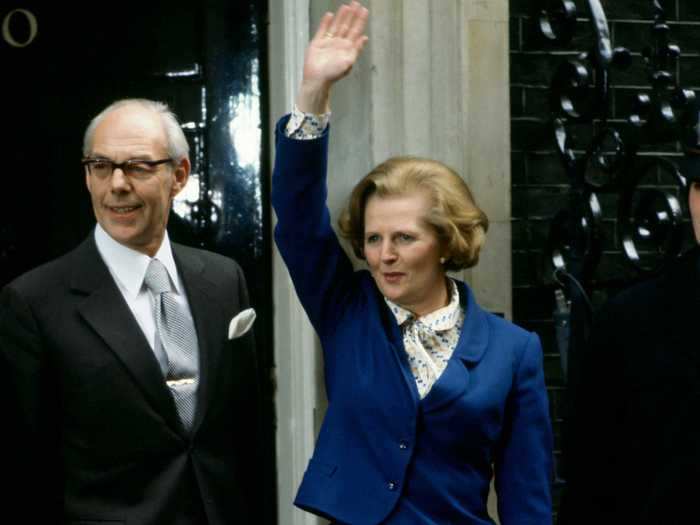
Known as the "Iron Lady," Thatcher was the first woman to be elected British prime minister. She is also the longest-serving prime minister in over 150 years. Her term lasted 11 years and 208 days.
However, Thatcher was not always a believer that a woman could become prime minister.
"There will not be a woman prime minister in my lifetime," she told the Finchley Press in 1970, according to History. "The male population is too prejudiced."
The trial of serial killer Ted Bundy captivated the nation in 1979.
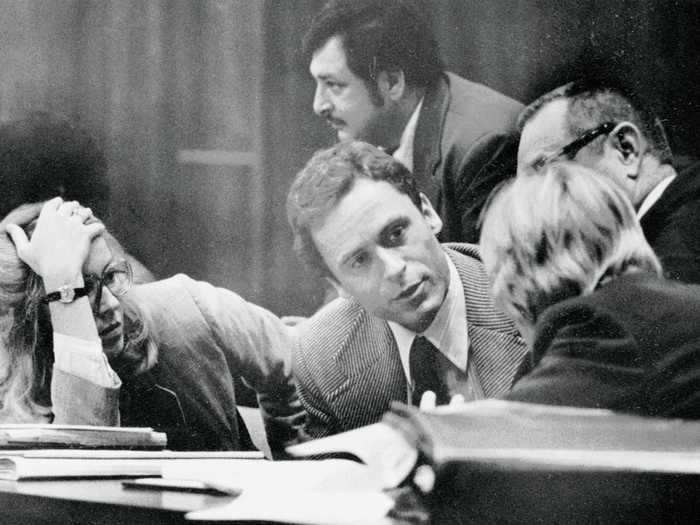
According to Biography, Ted Bundy confessed to killing 36 women throughout the 1970s, though experts believe there could have been more than 100 victims in total.
Bundy was finally arrested in 1975 after one of his to-be-victims managed to escape. Bundy himself escaped from prison twice in 1977. Bundy's "charming" demeanor and good looks made him a practical celebrity during his murder trial.
He was given the death penalty twice for the murders, and another life sentence in 1980 for the murder of Kimberly Leach. Bundy was executed by electric chair in 1989 and is still regarded as one of the most notorious criminals of the 20th century.
Mother Teresa received the Nobel Peace Prize in 1979.
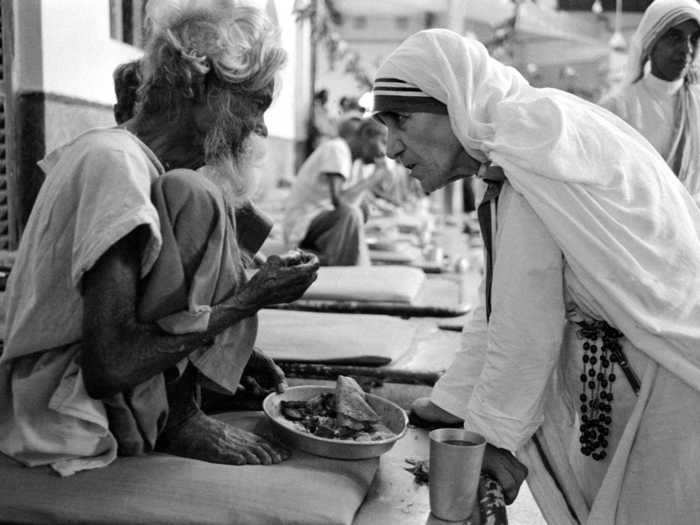
Her mission in life was to help the poor. According to The Nobel Prize, in 2003, the Pope took the first step towards Mother Teresa's eventual canonization. In 2016, Mother Teresa was declared a saint by Pope Francis.
Mother Teresa was — and still is — regarded as one of the world's foremost humanitarians. She died in 1997 at the age of 87.
READ MORE ARTICLES ON
Popular Right Now
Popular Keywords
Advertisement